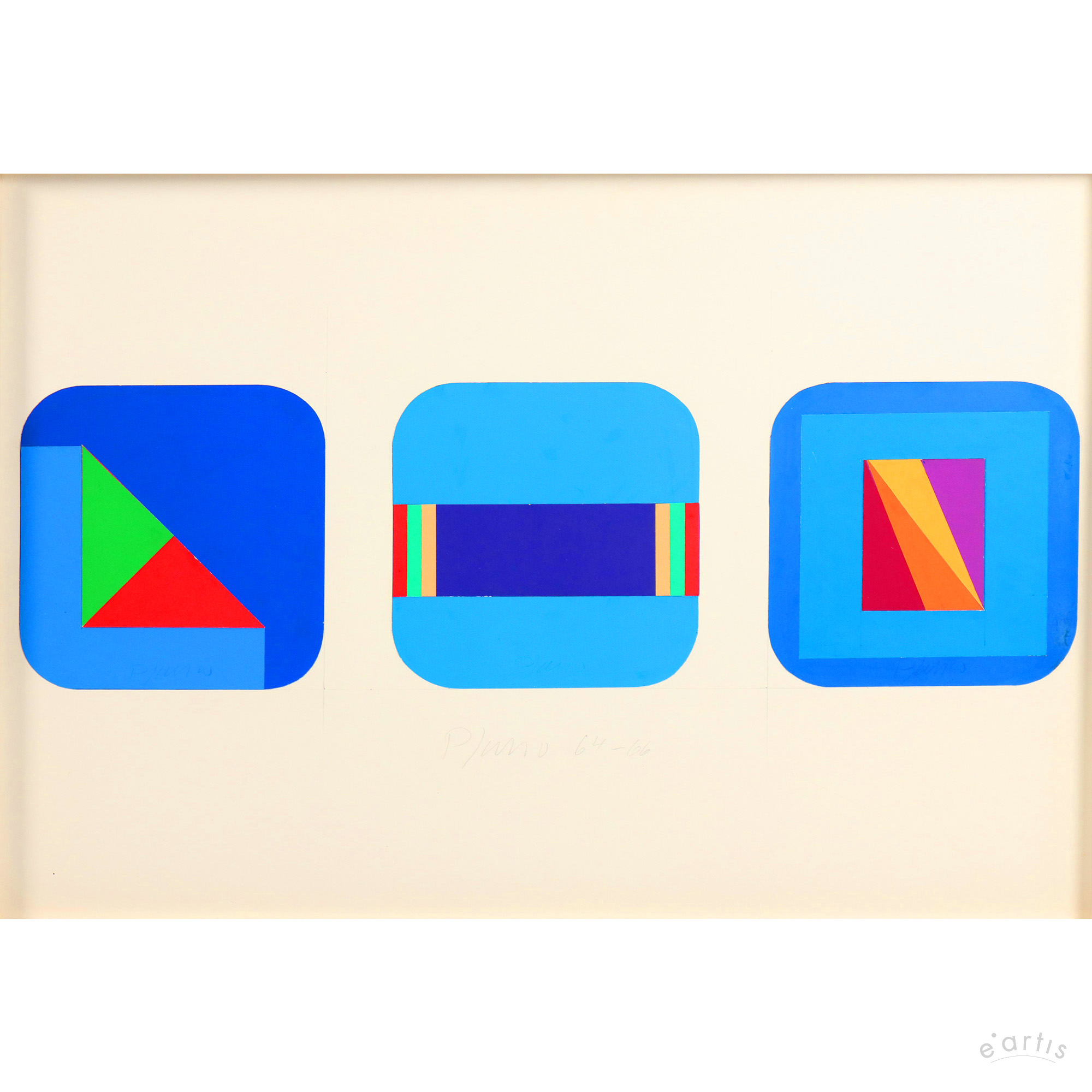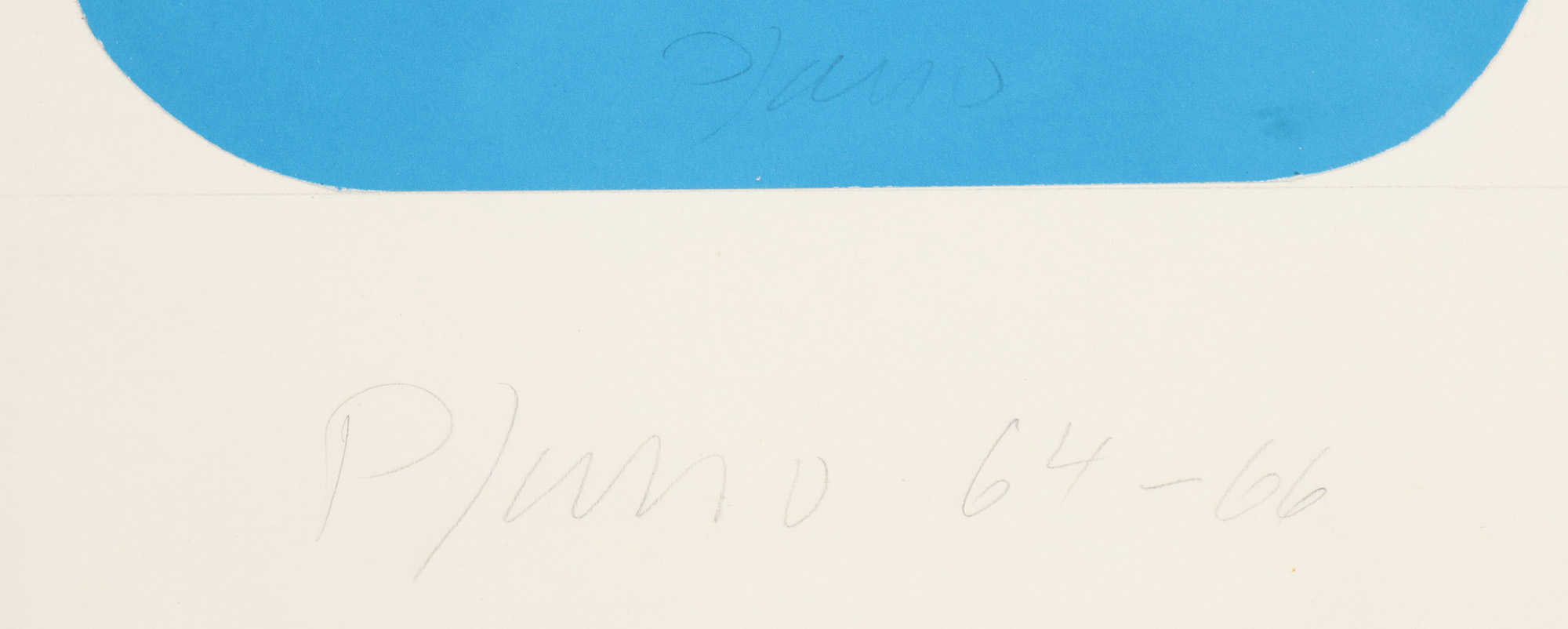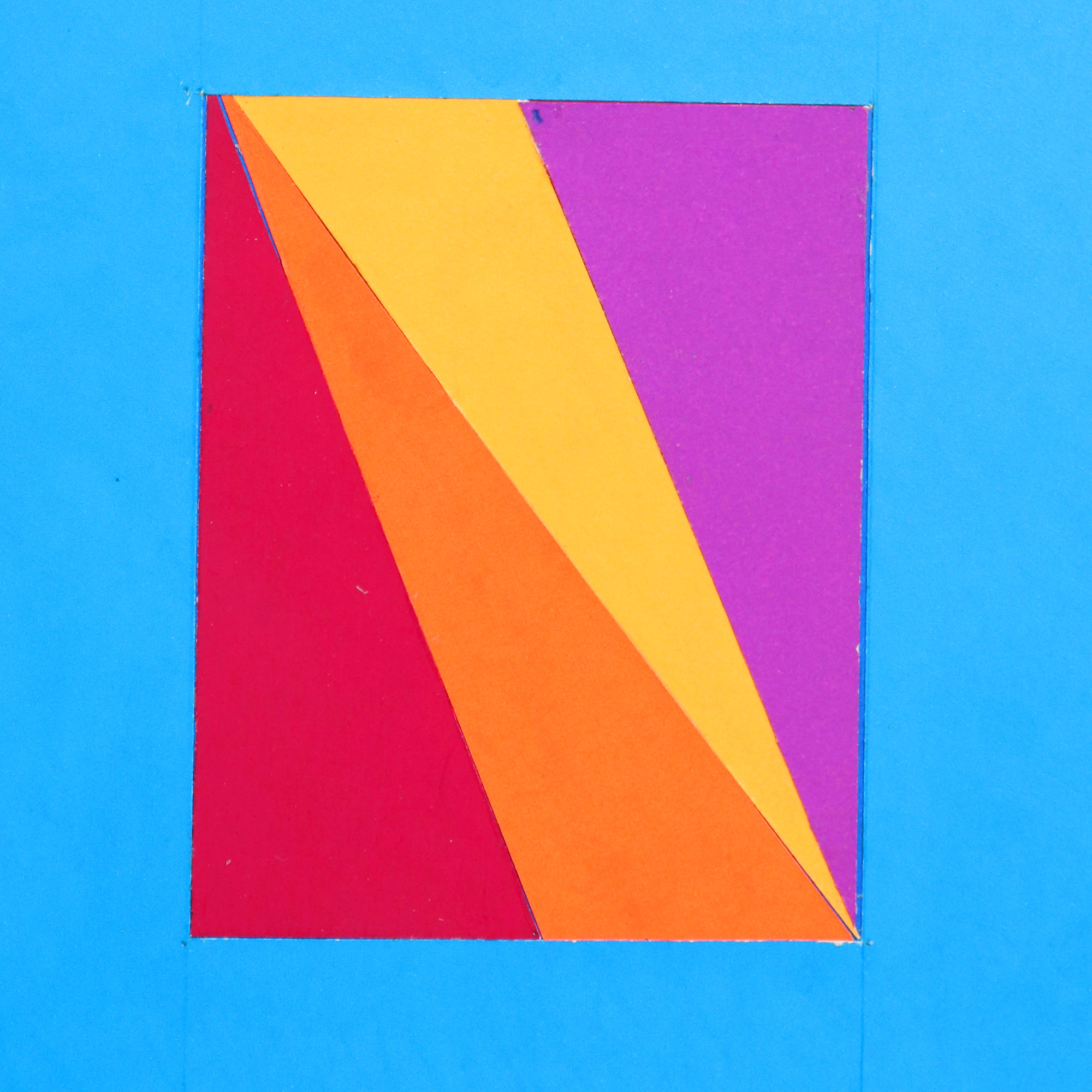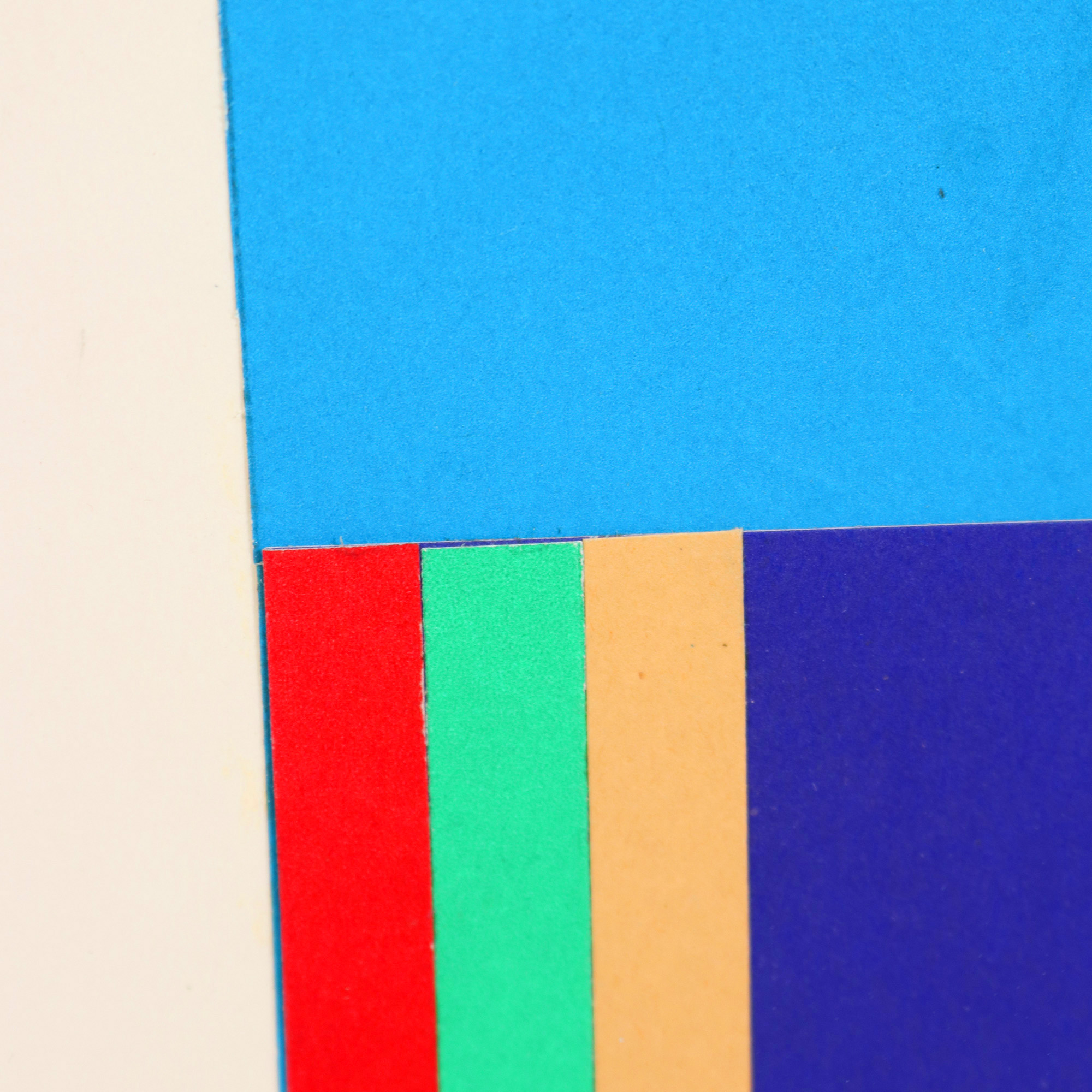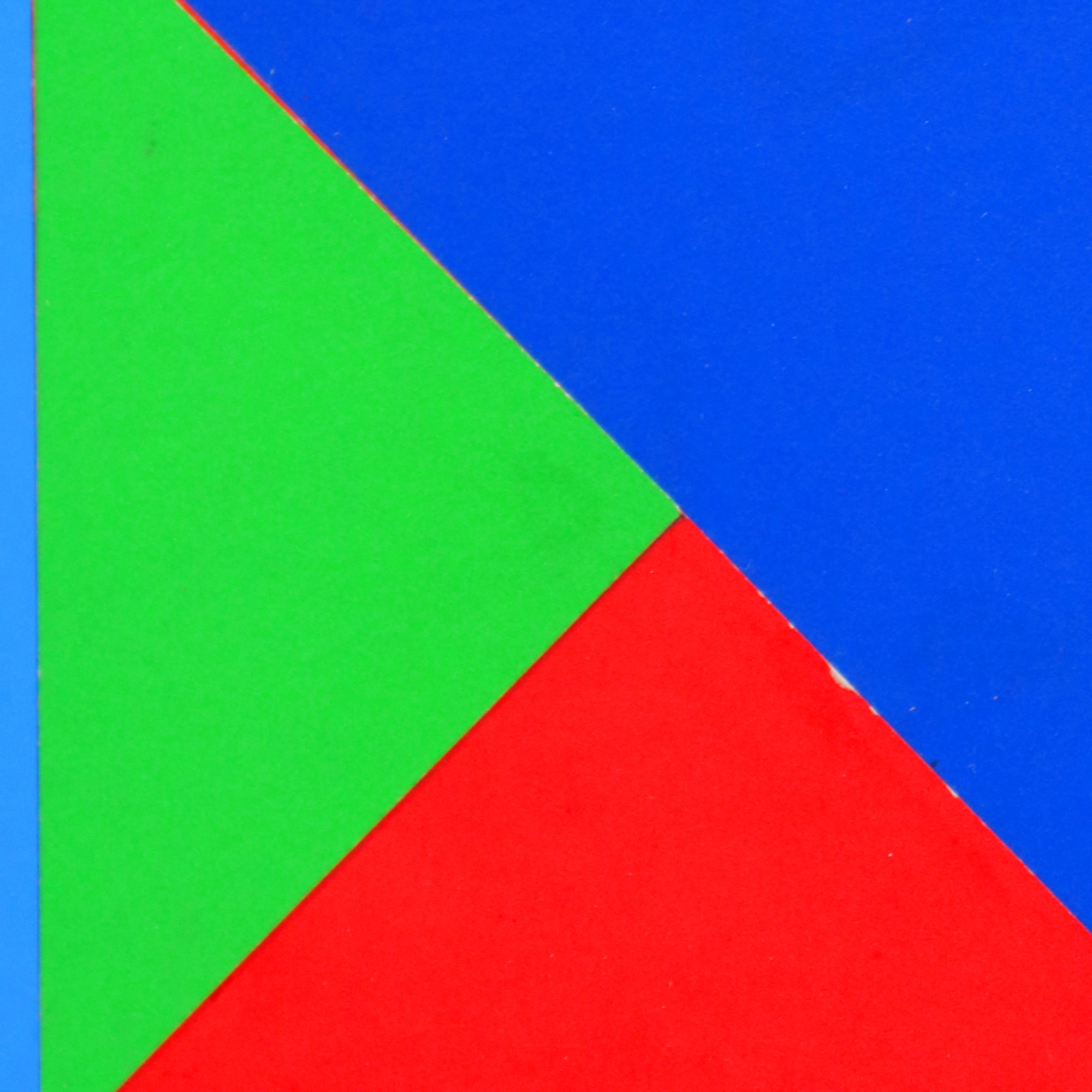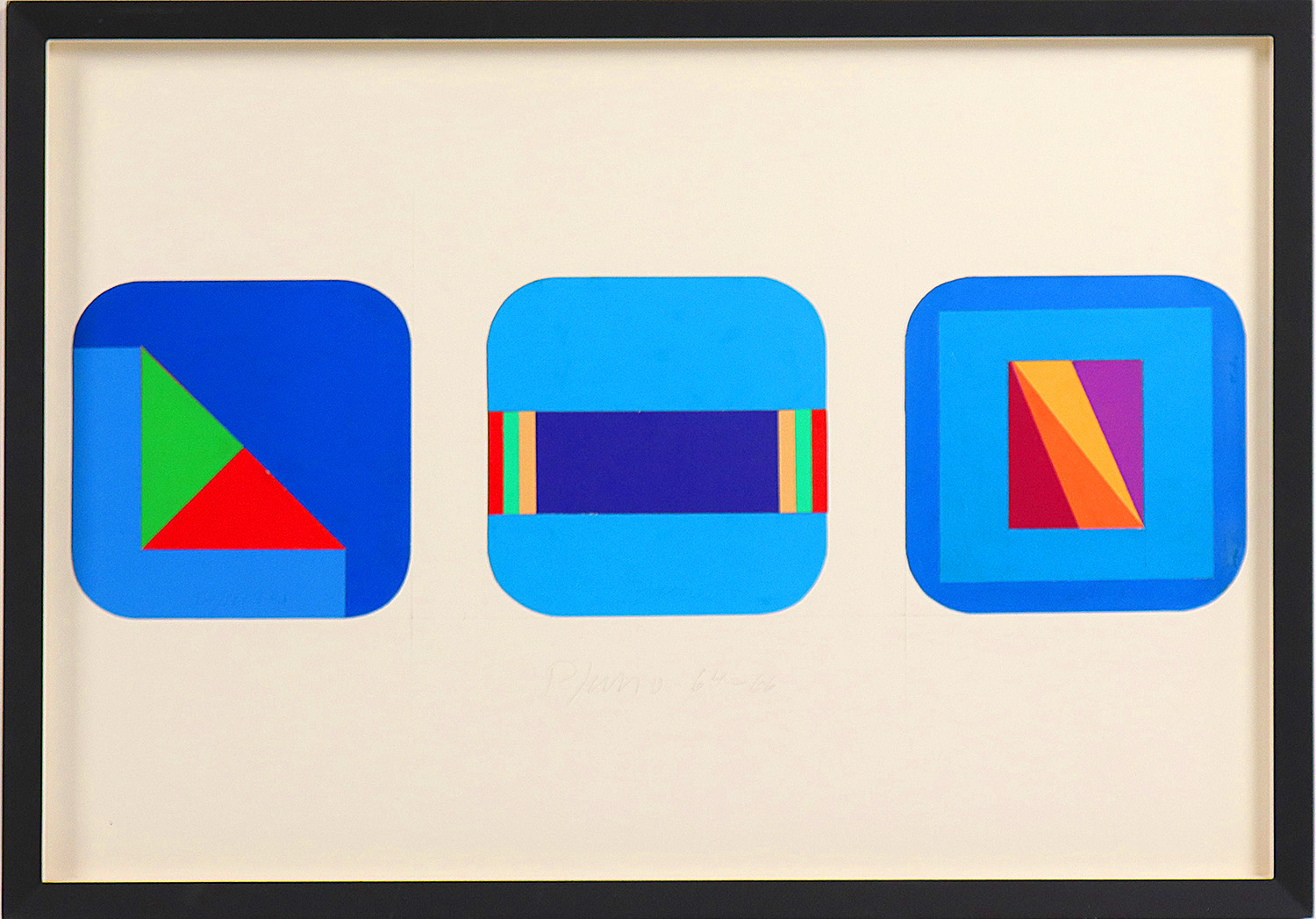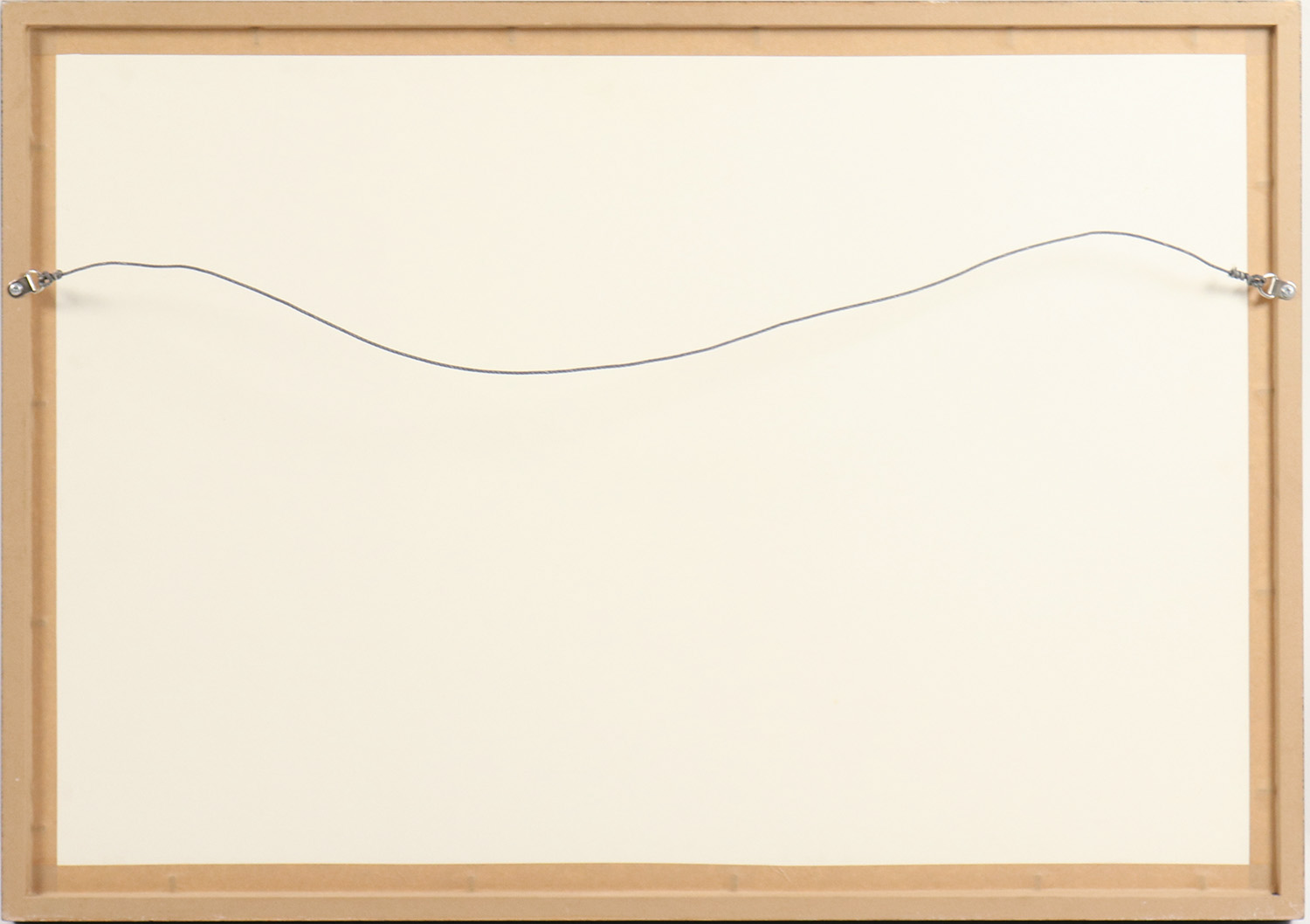| Category | Mischtechnik |
|---|---|
| artist | Pfahler, Georg Karl |
| year | 1964-66 |
| Title | Three compositions on a blue square |
| size 1 | Frame 54,0 x 76,5 cm |
| material | Collage (coloured paper and graphite) on cardboard |
| edition | Unique |
| signature | Jede Komposition einzeln signiert: Pfahler Unten signiert und datiert: Pfahler 64-66 |
| publication | - |
| Provenance | Private Collection Germany |
Georg Karl Pfahler Three compositions on a blue square (1964-66)
- 3 designs from 1964 to 1966
- Abstract composition and vivid colorfulness
- The only representative of the "hard-edge" style in Germany
- Ready to hang, framed behind museum glass
€9,500.00*
- The artwork is available immediately and can be viewed at any time in our gallery.
- Ready for shipment within 2 days.
- Free shipping within Germany.
Informations
condition
|
The Mixed media is in a very good state of preservation Studio traces (minimal surface traces and impurities). |
artist
|
Georg Karl Pfahler wurde 1926 in Emetzheim, Bayern geboren und verstarb 2002 ebenda. Er studierte an der Akademie der Bildenden Künste Nürnberg und an der Kunstakademie in Stuttgart bis 1954. Pfahler konzentrierte sich während seines Studiums auf die Arbeit mit Keramik. Später, als freischaffender Künstler, wurde die Malerei der zentrale Mittelpunkt seines Schaffens. Um 1956 experimentierte er mit den verschiedenen Wirkungen von Farbe und Raum und entwickelte dabei Bildstrukturen, die an den Pointillismus erinnerten. Nachdem sich seine Arbeiten zwischenzeitlich am Action Painting und Informel orientiert hatten, fügte Pfahler ihnen ab 1958 den Begriff 'formativ“ hinzu, womit er den Bruch mit älteren Werken verdeutlichen wollte. Ab circa 1962 wandelt sich seine Arbeitsweise, Farbflächen grenzen sich nun stark voneinander ab. Nicht umsonst gilt Pfahler als einziger Vertreter des 'Hard-Edge“-Stils in Deutschland. Mit diesen Werken gelangt er zu internationaler Aufmerksamkeit und stellt beispielsweise auf der Biennale in Venedig und Sao Paulo aus. 1984 wird er an die Akademie der Bildenden Künste in Nürnberg berufen. Zusätzlich dazu lehrte er ab 1982 an der internationalen Sommerakademie in Salzburg. Quellenangabe: Dieser Text basiert auf dem Artikel Georg Karl Pfahler aus der freien Enzyklopädie Wikipedia und steht unter der GNU-Lizenz für freie Dokumentation. Bei Wikipedia ist eine Liste der Autoren verfügbar. |
e.artis safety
Art trade is a matter of trust.
Features and remarks
You are bidding on a large collage work by Georg Karl Pfahler.
The work consists of a compilation of three similarly conceived collages from 1964 to 1966, arranged together by the artist on a large white cardboard.
„Georg Karl Pfahler 'builds' his pictures from colours. For him they are primary things and not derived from nature, emotion or symbolic meanings. They also have no representational function, as complementary values of light, as simulative contrasts of movement, or as signals to generate messages. They remain identical with themselves. Both lend the coloured fields their original and naive freshness, their simple beauty.“
Dieter Honisch, 1968-70

